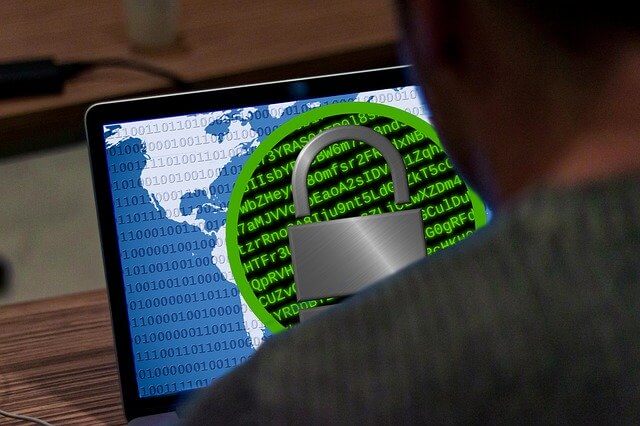Ransomware attacks are one of the biggest threats that CIOs and their teams face today. The impact of a ransomware attack can be daunting, crippling business operations and causing significant financial losses.
Since 2016, cybersecurity and crypto-ransomware attacks have been on the rise, with increased sophistication and greater success rates. Ransomware groups have become increasingly aggressive and continue to evolve their tactics, making it critical for CIOs to be aware of the latest ransomware threats.
To help organizations prevent ransomware attacks, CIOs should take pre-emptive steps and ensure that their teams are knowledgeable about best practices for defending against these very malicious code attacks and preventing ransomware victims.
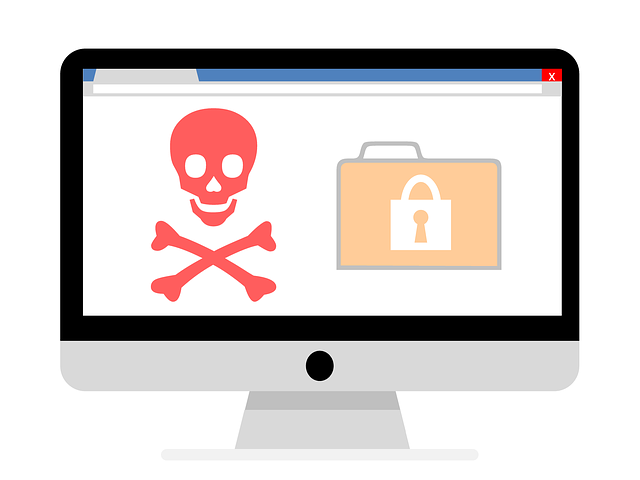
In this article, we will share effective steps to prevent ransomware attacks.
Educate Employees on Safe Online Practices
Your employees can be the first line of defense against ransomware attacks. Most attacks happen because employees unknowingly download and install malicious software disguised as legitimate files. Therefore, educating your employees about safe online practices can go a long way in preventing ransomware attacks. You could encourage your employees to:
- Avoid downloading files from unknown websites or email attachments from unknown sources
- Use strong passwords and ensure that they are kept secure
- Be cautious about clicking on links, especially in emails or messages from unknown senders
By training your employees and raising their awareness about safe online practices and the importance of sensitive data, you’ll be able to minimize the risk of ransomware attacks.
Keep Software and Security Systems Updated
Ransomware attacks often exploit vulnerabilities in operating systems, software, and security systems. It’s essential to keep all software and systems up to date with the latest patches and updates. Also, make sure you use high-quality firewalls, antivirus software, and malware detection software to secure your networks, servers, and desktop computers.
Implement Backup and Recovery Processes
One of the most effective ways of preventing ransomware attacks is by having reliable backup and recovery processes in place. By backing up your critical data regularly, you can ensure that you have a copy of your important files in case an attack occurs. It is also essential that you test your data recovery plans regularly to ensure that they work when needed.
Monitor Network Activity in Real-Time
Ransomware attacks can happen at any time, and you need to keep a close eye on your network and systems to detect any suspicious activity. Use real-time monitoring tools to track network, server, and desktop activity, allowing you to identify anomalies indicative of a ransomware attack. You can also block known malicious IP addresses and domains to prevent attacks before they occur.
Cybriant offers 24/7 security monitoring services to help CIOs detect and respond to ransomware attacks quickly. Contact us today for a customized security solution designed to protect your business from cyber threats.
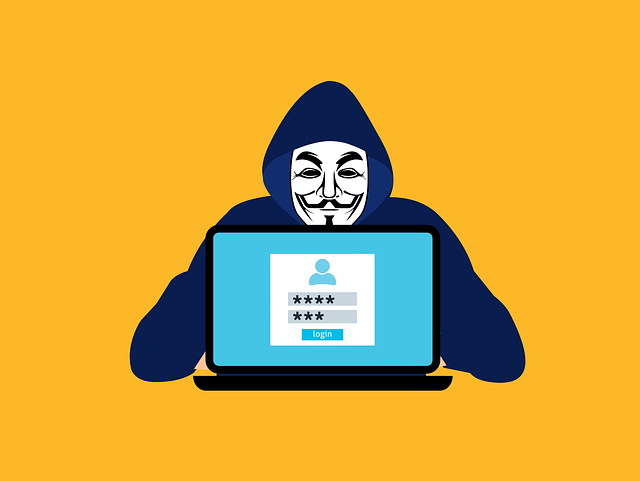
Don’t forget Mobile Devices
With the proliferation of mobile devices in the workplace, businesses need to ensure that these devices are secure from ransomware attacks as well. Ensure that your employees’ mobile devices are running up-to-date operating systems and security applications.
Also, implement a BYOD policy to ensure that any third-party device that connects to your network meets certain security requirements. Be sure they only connect to corporate accounts on approved devices.
Employees are your first line of defense when it comes to cyber-attacks. Be sure they are aware of the risks and know what to do if they encounter ransomware. Educate them on safe online practices, require strong passwords, and be sure to install mobile device management software that can detect threats and restrict access to sensitive data.
Mobile Device Protection
Managed Detection and Response or MDR can be a great solution to protect your business from ransomware and other cyber threats. With MDR, businesses can receive real-time threat alerts and continuous monitoring of their IT environment so they can stop attacks before they happen.
Contact us today for more information on how we can help you secure your business from the latest cybersecurity threats.
Ransomware Infection Methods
To avoid being ransomware victims, it’s important to learn how hackers deliver ransomware. Here are the top 15 ransomware infection methods that hackers use to compromise systems and steal data:
- Phishing Emails – Attackers use phishing emails with a malicious link or attachment, which infect the system when clicked by the user.
- Malicious Websites – Hackers create websites that have malware embedded in them. When users visit such sites, their systems get infected.
- Malvertising – Attackers can push ransomware onto users’ devices through online ads.
- Social Engineering – Ransomware can also spread through social engineering tactics such as clicking on fake news or sensational headlines.
- Vishing – This method involves attackers posing as a trusted individual or company to lure users into providing sensitive information or clicking on malicious links.
- Brute Force Attacks – Attackers can use brute force attacks to guess passwords and gain access to systems.
- Remote Desktop Protocol – Attackers can exploit vulnerabilities in Remote Desktop Protocol to access systems and upload ransomware onto them.
- Software Vulnerabilities – Hackers can exploit known vulnerabilities in software to gain unauthorized access to systems.
- Drive-by Downloads – Attackers can install malware on a victim’s device when they visit an infected website.
- File Sharing Networks – P2P file-sharing networks can be used to distribute ransomware.
- Supply Chain Attacks – Hackers can target third-party software providers to gain access to other companies’ systems.
- Internet of Things – Internet of Things devices with weak security can be compromised and used to spread ransomware.
- Unpatched Software – Attackers can exploit vulnerabilities in software that has not been updated with the latest security patches.
- Misconfigured Cloud Storage – Misconfigured cloud storage can expose sensitive data and make it more vulnerable to ransomware attacks.
- USB Drives – Ransomware can spread through infected USB drives that are connected to an infected system.
Given the extensive range of infection methods used by hackers, it is crucial for businesses to stay informed and take appropriate steps to mitigate the risks.
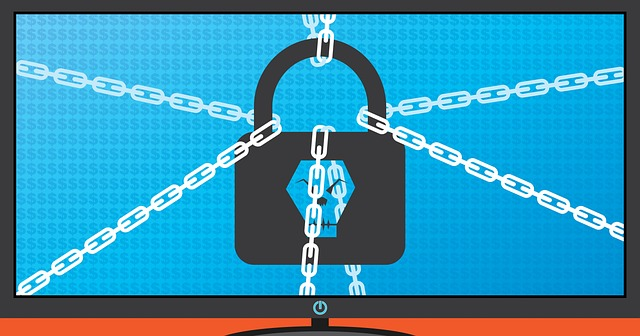
Keeping software and security systems up to date, implementing backup and recovery processes, and ensuring that employees are educated about safe online practices can go a long way in reducing the chances of falling victim to ransomware attacks.
However, it is equally important for businesses to work with experienced cybersecurity professionals who can provide tailored solutions to protect their systems and sensitive data.
Ransomware Attack vs. Malware Attack
According to Checkpoint, “Putting it simply, all ransomware is malware, but not all malware is ransomware. The goal of ransomware, which is made possible by encryption technology, is to deny the victim access to their files and demand a ransom in exchange for restoring that access.”
The main difference between a ransomware attack and a malware attack is the motivation of the attacker. A ransomware attack is a ransomware activity typically driven by financial gain, where the attacker will block access to or encrypt data until a ransom is paid.
A malware attack can also be motivated by financial gain, but it may also have other motives such as ransomware as a service, stealing data for espionage or disrupting operations.
Additionally, with a ransomware attack, the attackers usually provide victims with instructions on how to obtain their decryption key once they have paid the ransom whereas this is not usually seen in malware attacks.
However, both types of attacks involve malicious software that must be removed from systems in order to prevent further damage and restore affected files if possible.
How Ransomware Works: Encrypted Data
A Ransomware Attack can be carried out in many different ways, but the ultimate goal is always the same: to extort money from the victim through the threat of irreparable damage to their data or devices.
Ransomware typically arrives on a computer through a phishing email or an infected website, and once it has taken hold of operating system, it encrypts the victim’s files or locks them out of their system entirely.
Ransomware attacks rely on encryption to target and lock victims’ files, thereby demanding payment for the decryption key or restoring access. The encryption process used to encrypt files used by ransomware is typically a sophisticated algorithm that generates a unique key for each file, making it harder to break through brute force methods.
Once the ransomware has accessed the victim’s system, it seeks out specific files, such as pictures, videos, documents, and spreadsheets, to then encrypts files. Ransomware targets the most valuable files, requiring victims to pay the ransom to regain access to their critical data.
The encryption process is often reversible, but only with the correct decryption key or other methods, such as restoring from a backup. However, paying the ransom does not guarantee access to the files, and attackers may not always provide the necessary decryption or encryption key either, resulting in permanent data loss.
Ransomware attacks have become more sophisticated and can target entire organizations, making data recovery costly and time-consuming. In addition to encrypting files, attackers may also steal sensitive data, use the victim’s data as a launchpad for other attacks, or even threaten to release the data publicly unless the ransom demand is paid.
Preventing all ransomware infections requires a multi-faceted approach that includes user training, regular software updates, system backups, and working with an experienced cybersecurity provider. Organizations need to be vigilant about detecting and responding to ransomware attacks to minimize the damage and restore access to data as quickly as possible.
Can an MSSP Stop Ransomware Attackers?
Yes, a managed security service provider (MSSP) can help protect against ransomware attacks.
An MSSP offers a range of services such as monitoring and managing cyber threats, patch management, user access control, disaster recovery planning, and incident response plans that can help mitigate the risks associated with ransomware attacks.
Cybriant offers services like Managed SIEM, which can provide comprehensive security visibility, detect threats quickly, and help organizations respond to ransomware attacks quickly. We work with several SIEM providers, contact us to learn about which one might be best for your organization.
Additionally, an experienced MSSP can provide advice and guidance to help organizations develop secure systems and processes that are less susceptible to ransomware attacks. There are countless ransomware variants and new ones are being created almost daily. An MSSP has the knowledge of new ransomware variants to protect your organization.
Ultimately, the key to preventing ransomware attacks is having a comprehensive security strategy in place that combines multiple layers of protection with ongoing monitoring and response plans. A reliable MSSP can help ensure that an organization has the necessary resources and expertise to effectively protect its sensitive data and systems.
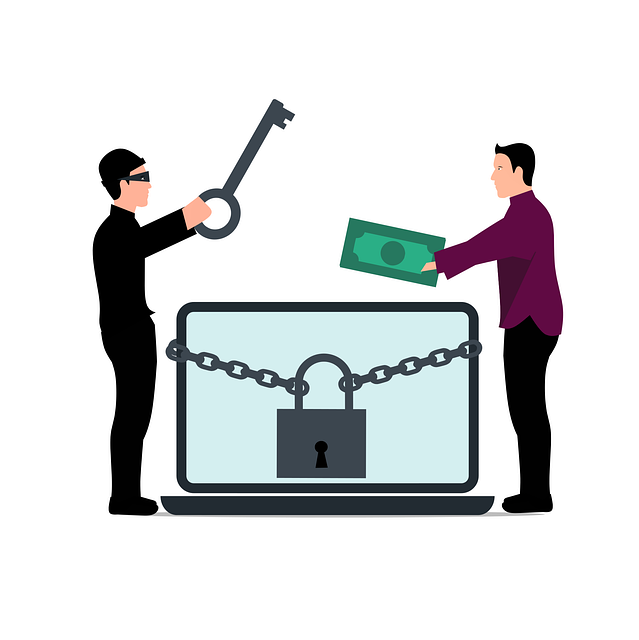
What If You Have a Current Ransomware Infection?
If an organization has an active, ransomware variant of infection, it is important to take immediate action to contain the attack and mitigate any potential damage.
The first step should be to disconnect all affected systems from the network to prevent the spread of malware. Then, a backup should be used to restore any encrypted files or damaged files if possible. Organizations should also contact their IT security team or an experienced MSSP for assistance in resolving the issue.
Finally, it is important to remember that paying a ransom payment should always be a last resort as there is no guarantee that the attackers will provide a decryption key even after payment has been made.
Once the attack has been contained and affected files have been restored, it is important to review security protocols and procedures to ensure that similar incidents can be avoided in the future.
By taking proactive steps to protect systems and data, organizations can reduce the chances of falling victim to a ransomware attack. With the right resources and expertise on their side, businesses will have peace of mind knowing that their sensitive data and systems are secure.
Conclusion:
In conclusion, preventing ransomware attacks should be a top priority for CIOs and their teams. By educating employees on safe online practices, keeping software and security systems updated, implementing data recovery processes, and monitoring network activity in real time, you can significantly reduce the risk of ransomware attacks.
These are simple, yet effective steps that you can take to protect your organization from the devastating consequences of a ransomware attack. If you need future ransomware protection, consider reaching out to Cybriant for more information here.

